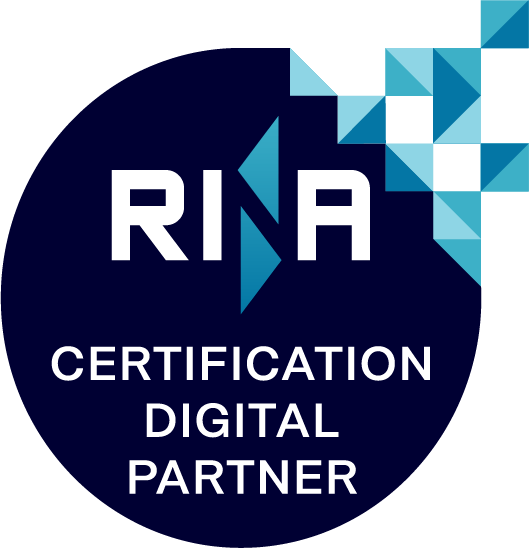Field mapping
Mapping your own land and the data it contains is essential for effective information processing, analysis and management of your farm, as well as providing valuable decision support.


Precision farming has among its key points that of compensating for the spatial-temporal variability that characterizes agricultural environments, through the modulation of interventions to optimize the results of the production process in economic and environmental terms. We intervene in a site-specific way to achieve this objective through the use of technological tools and advanced machinery.
The importance of mapping and recording information relating to agricultural companies in a timely manner is therefore evident; this constitutes a fundamental step to identify and personalize each decision both in time and space.
Precision farming has among its key points that of compensating for the spatial-temporal variability that characterizes agricultural environments, through the modulation of interventions to optimize the results of the production process in economic and environmental terms. We intervene in a site-specific way to achieve this objective through the use of technological tools and advanced machinery.

The importance of mapping and recording information relating to agricultural companies in a timely manner is therefore evident; this constitutes a fundamental step to identify and personalize each decision both in time and space.
GIS systems

Agricolus, also thanks to the use of GIS (Geographical Information System) technologies, allows users to view and analyze information distributed in space, manage their data in a single platform and plan the various operations in the best possible way.
The GIS or geographic information system is a tool for processing information derived from geographic data, which allows you to acquire, record, view, share and represent information.
In detail: “… the adjective “geographic” indicates that the information entered always has a spatial reference, a georeferencing; “informative” means that a series of information can be associated with the data. The noun “System” indicates an integration between the user of the software and the hardware, in order to obtain information that supports the analysis, data management and implementation of strategies. A system includes processable digital images, a database, geostatistical software and tables with associated functions. Without these elements the system would be very limited in its analytical capabilities” – Meijerink, A.M.J. et al., (1994).
Georeferenced data

Farms today use numerous innovative tools to increase yield and production quality. These technologies record and produce a huge amount of data that, following correct interpretation and analysis, allow to:
- optimize the work in the fields
- effectively manage resources and production inputs
- reduce waste.
For this reason, having geolocalized and historical data of the farm is essential to face future challenges.
Overlapping layers
The analysis of the georeferenced data available to the farm can be facilitated by a simpler visualization of the data on a map. Using the ESRI base map, it is possible to visualize the geographical context in which the plots are mapped, obtain road information, measure areas and distances of the land.
Furthermore, the addition of additional overlapping layers, called layers, allows you to visualize and compare the data on the map for a better understanding of the general situation. Such comparisons can be made with cadastre maps, soil analysis, nitrate vulnerability zones or simply by superimposing satellite data with georeferenced data during field monitoring.


